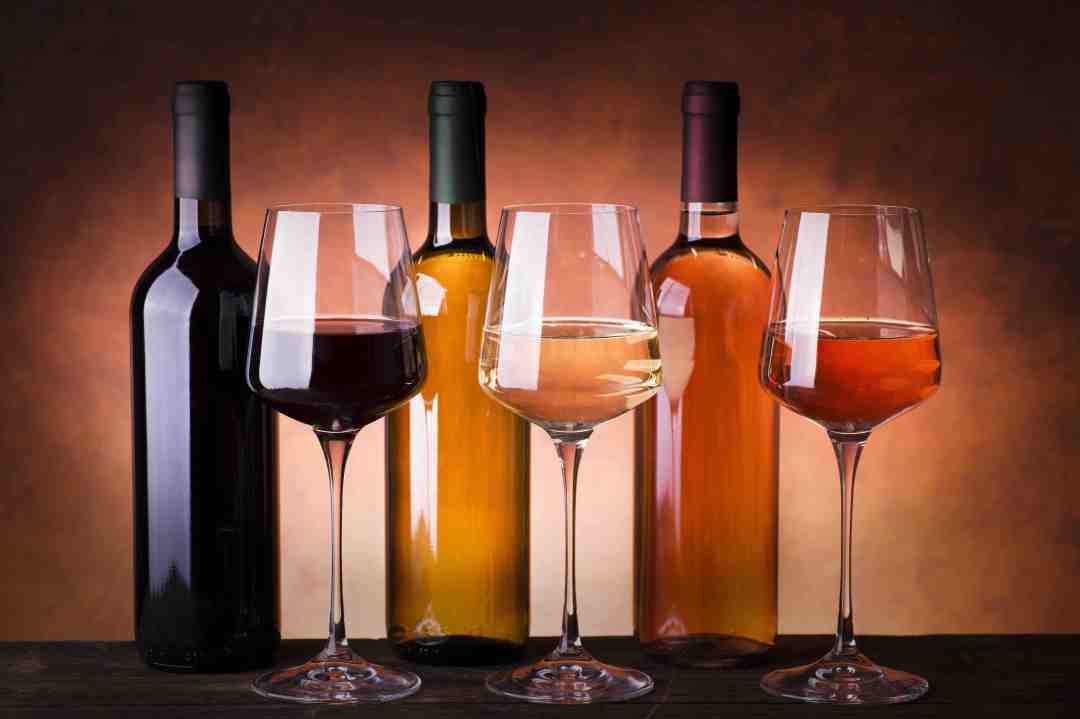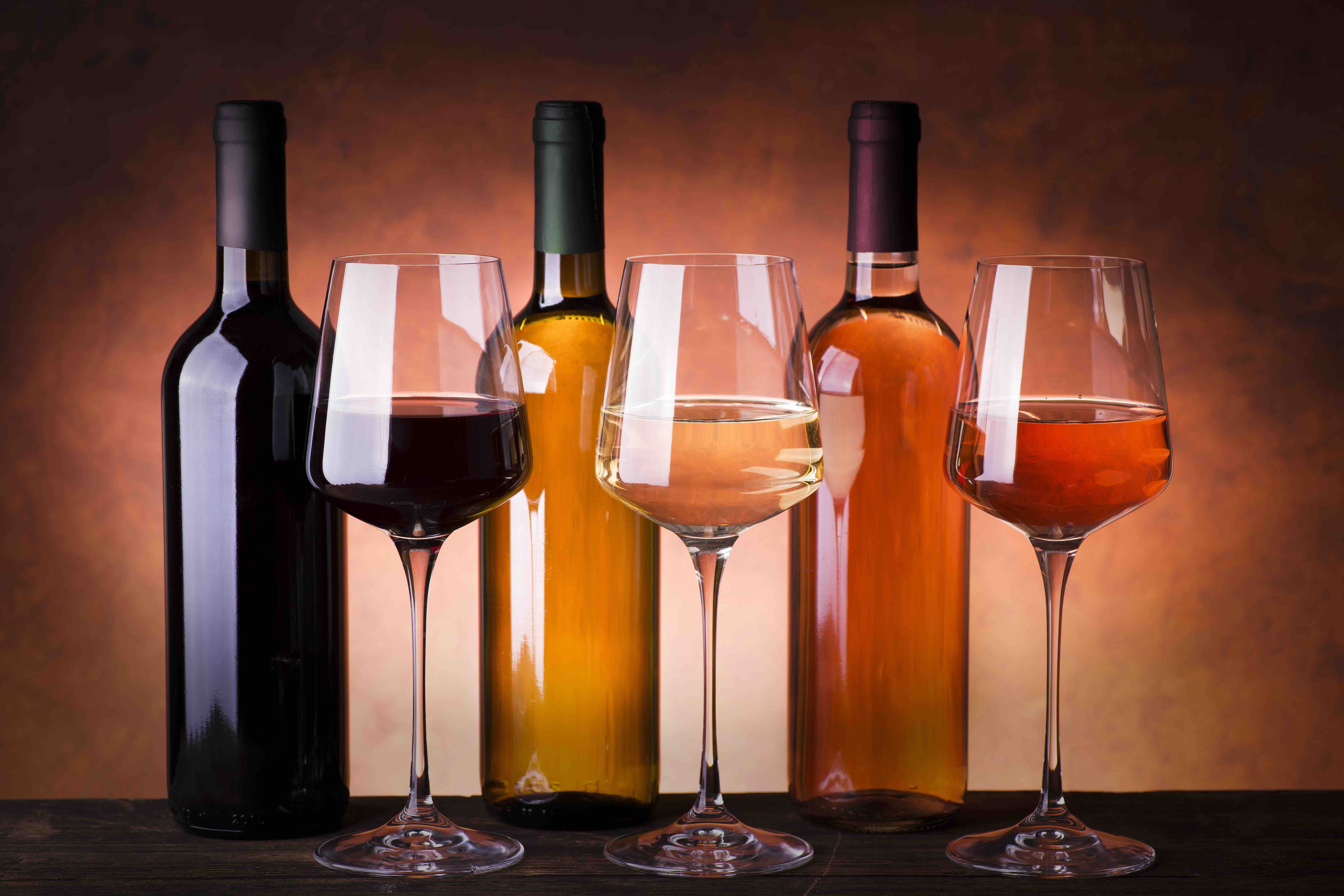Being in possession of a well-kept secret is every wine-buyer’s goal, not least because uncorking an unusual find impresses even the snootiest of guests. English wine-makers have long been trying to break up any residual secrecy about the worthiness of their wines. Not quite new world, not quite old world, English wine was always going to fill an odd space in the market.
Confession: I never buy wine from the British isles. Almost anything else has always struck me as both better value and nicer to drink.
And then I met Matt Hodgson. Hodgson runs Grape Britannia, a modest but expert shop and bar in Cambridge that sells only English wine (plus some Welsh and one from the Scottish borders). Hodgson, who is Cambridge University’s tax adviser and has a degree in maths and philosophy from Oxford, decided that he would try to persuade me that English wine was worth buying. Better than worth buying: a must-buy.
‘Unconstrained by regulations, it can produce the most champagne-like of sparklings, or the most English of fizzes; burgundian whites, delightful mash-ups of continental grapes; bold rosés, reds with energy and enormous potential,’ he tells me. ‘If there is one reason above any other that I have tethered myself to this nascent, vibrant industry, it is that anything goes – in terms of style – which keeps me interested, day in, day out.’
I went along to Grape Britannia to see if Hodgson’s enthusiasm was merited. We had a tasting session where we were joined by a student anarchist, a former Lib Dem MP and a professor of classics. Here is what we drank, and what I thought of it. (It’s worth noting that Grape Britannia is packed with excellent possibilities for original and classy vinous gifts, so is worth a visit quite aside from my variable assessments.)
Sparkling
Everflyht, Sussex, £28
We began with this fizz from the South Downs, composed of pinot noir, organic pinot meunier and chardonnay. Hodgson brought it out with an exultant air, heralding its springy appleyness and its technical virtuosity, especially the makers’ grasp of autolysis (a reaction between the wine and the lees on which it is aged, whereby enzymes break down the dead yeast cells, releasing flavourful carbohydrates into the wine). But alas this one reinforced my preconceptions about English wine. It tasted both sharp and flat, the undoubted appleyness at the start dropping off a cliff as the wine passed down the throat. In short, it tasted, to me, no better than an average cava. Like Nyetimber and other English wines I’ve tried but would never pay for, this had natty labelling and a chic name evoking English sprites and rubicund loveliness. But I won’t pay £28 for a cute name and label, even with a vague sense of the English pastoral thrown in. Somewhat rudely, I pointed out to Matt that at £28 I could get a perfectly nice champagne, and perfectly nice champagne – any champagne – will always beat a collapsible cava-style fizz. He was visibly annoyed, begging to differ; to him, and to the former Lib Dem MP, it was joyously fresh and eminently better value than a supermarket champers, sporting the same acidity levels as champagne in the 1970s. The anarchist remained quiet.
Verdict: All marketing, no trousers, to speak. Only punch packed is to the wallet. Skip.
Harrow and Hope, Marlow, £29.99
At my request, Matt got out a Nyetimber rosé to compare to the Everflyht. As I suspected, despite never having thought Nyetimber anything special, except for expensive (priced on a par with goodish champagne in bars and restaurants, and retailing around £40 in shops like Grape Britannia), it proved a pleasant contrast to the Everflyht. But I suspected relief was the primary characteristic. And then I knew it was, after spying, and trying, the Harrow and Hope. A fizz from Marlow? Most certainly: here was a bursting, multi-dimensioned sparkling wine that stayed perky right the way through the swallow, asked immediately for more drinking; that offered refinement on the palate, and genuinely did evoke a superabundance of English summer tastes and sensations. The anarchist stared in the face his hope that one day capitalism would be overthrown, and tipsily bought a bottle.
Verdict: It was anything but harrowing, and provided a real jolt of hope for the sparkling wines of Blighty.
White
Danbury Ridge Chardonnay, Essex, £34.99
This 2020 chardonnay comes in a ridged bottle that is both bling and classy, with a low-key label to match its smart-sounding name. It’s Essex, after all, so appearances are important. But so, apparently, is seriously convincing burgundy-style chardonnay. On taste, it’s a wine I’d confidently seek out, merrily quaff and proudly offer discerning guests. But at the price, it is still impossible not to compare it with what else one could get from France, California, Italy, Germany, or even Israel, Lebanon or Hungary – and to conclude that once again, however nifty, English wine is a victim of its price tag when held up to its competitors.
Verdict: Very good indeed to drink; a well-composed spitting image of a nice burgundy with an extra dash of unique English tang. But a good £10 too expensive.
Court Garden Ditchling White, Sussex, £15.49
A blend of French and German grapes – pinot gris, chardonnay and ortega – that shows the advantage of Britain’s lack of viticultural regulation. The wine is worth trying, and possibly even paying for, because of where it comes from. Ditchling evokes for me the discerning literary escapees from London who go to settle in its quaint and floral prettiness, and its past is gently seductive too: known as the Manor of Ditchling Garden in Saxon times, from the medieval period to the Reformation it was held by the monks at the priory in Lewes. The wine is peary, citrussy, inviting, and – hurrah! – just about right at the price. All agreed this was a bonus, and since the anarchist’s surname is Court, he was happy too.
Verdict: Just say yes: this is cool Britannia in a bottle.
Rosé
Burn Valley, Norfolk, £17.49
Pink wine attracts zany treatment: I had some bubbly rosé of strange hue from Maine in the summer. Next to rosé from New England, rosé from Norfolk is a close competitor. Made from the obscure German Regent grape (even the wine connoisseur classics professor hadn’t heard of it), this 2021 bottle is a suspicious magenta of the type that usually suggests a cheap and nasty zinfandel. But with the label sporting a fetching little map of the area in natty black felt-tip effect, we were right to deduce there wasn’t anything crass about this. Indeed, it was rosy berry-tastic fun, but more restrained than it looked, resulting in exactly what one wants from a rosé – something both eminently quaffable and just a little bit distinctive.
Verdict: A little too expensive for what it is, but worth it for the novelty value.
Red
White Castle, Pinot Reserve, Wales (nr Monmouth), £32
Welsh pinot noir is not something you can leave a shop or bar (that has it) without trying. We all expected the kind of meady thing you find in National Trust gift shops, but this 2019 wine was kookily accomplished. And we weren’t the first to notice: White Castle has won a Decanter gold medal for its 2018 Pinot Noir Reserve. Hodgson was adamant that this wine gives many a burgundy around the same price point a run for its money. I’m not totally sure of that, but again, for a splendidly different offering, it’s probably worth it (once in a while).
Verdict: A party piece that goes down nicely.
Somborne Valley Vineyard Estate Red, Hampshire, £15.99
Somborne’s three-vineyard estate is in the downlands of the Test Valley – now esteemed for English wine-making – with first plantings in 2000. In keeping with English eclecticism, it plants, among others, pinot meunier, rondo and bacchus grapes, and the result in this 2014 red is a happy melange of moreish spice and energetic dark fruit that works well at the price. All were pleasantly surprised and drank with gusto.
Verdict: A good and quirky buy, ideal for a night in with an old friend.
Grape Britannia, 1A Arbury Road, Cambridge CB4 2JB; 01223 311100







Comments